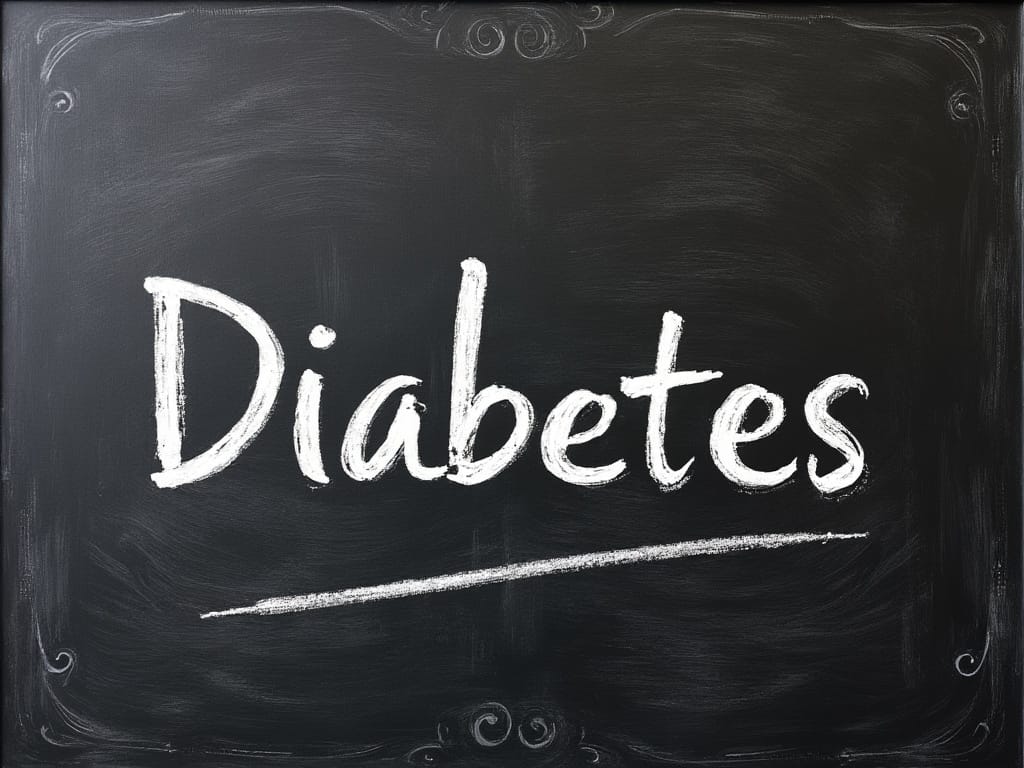Have you ever wondered how well you can spot the difference between someone who’s had a bit too much to drink and someone experiencing a medical emergency? The effects of high blood sugar, known as hyperglycaemia, can sometimes mimic the signs of being drunk. This blog post will dive into the surprising similarities, explore the science behind them, and challenge you with real-life scenarios. Ready to test your knowledge? Let’s get started!
What is Hyperglycaemia?
Hyperglycaemia occurs when blood sugar levels rise too high, often in people with diabetes. It can happen if someone forgets their insulin, eats too many carbs, or is under stress. When blood sugar spikes, the body struggles to function normally, leading to symptoms that might catch you off guard.
On the flip side, being drunk comes from consuming alcohol, which affects the brain and body in its own chaotic way. But here’s the twist: both conditions can look eerily similar to an untrained eye. Let’s break it down.
The Similarities: Hyperglycaemia vs. Drunkenness
Here’s where things get interesting. Both hyperglycaemia and intoxication can cause:
- Slurred Speech
- Hyperglycaemia: High blood sugar can make the brain sluggish, muddling speech.
- Drunk: Alcohol slows down the nervous system, leading to that classic slurring.
- Confusion or Disorientation
- Hyperglycaemia: Too much sugar in the blood can cloud thinking, leaving someone dazed.
- Drunk: Alcohol scrambles the brain’s ability to process information.
- Unsteady Walking
- Hyperglycaemia: Dehydration and fatigue from high blood sugar can make someone wobbly.
- Drunk: Alcohol throws off balance and coordination.
- Irritability or Aggression
- Hyperglycaemia: Feeling unwell can make anyone cranky.
- Drunk: Alcohol lowers inhibitions, sometimes sparking a temper.
- A Sweet or Fruity Smell on the Breath
- Hyperglycaemia: In severe cases (like diabetic ketoacidosis), the breath might smell fruity due to ketones.
- Drunk: Some alcoholic drinks leave a sweetish scent, though it’s usually sharper.
Sounds tricky, right? The overlap is real, and it’s why hyperglycaemia is sometimes mistaken for drunkenness – with potentially dangerous consequences.
Quiz Time: Drunk or Diabetic Episode?
Let’s put your skills to the test with some real-life-inspired scenarios. Read each one and decide: Is this person drunk, or are they having a hyperglycaemic episode? Answers are at the bottom – no peeking!
Scenario 1: The Party Guest
It’s a lively Saturday night at a friend’s house. One guest, Mark, starts stumbling around, knocking over a lamp. His words are jumbled, and he’s snapping at anyone who tries to help. You notice his breath smells faintly fruity.
- Would you know? Drunk or diabetic episode?
Scenario 2: The Late-Night Driver
A police officer pulls over a car weaving across the road at 1 a.m. The driver, Sarah, is dazed and struggles to answer basic questions. She’s swaying as she steps out, but there’s no smell of alcohol – just a vague sweetness.
- Would you know? Drunk or diabetic episode?
Scenario 3: The Office Oddity
During a long meeting, your colleague James starts acting strange. He’s slurring his words and seems confused about where he is. He’s usually sharp, but now he’s knocking over his water glass and getting annoyed when asked if he’s okay.
- Would you know? Drunk or diabetic episode?
Why It Matters
Mistaking hyperglycaemia for drunkenness isn’t just an awkward social blunder – it can be life-threatening. If someone with high blood sugar doesn’t get help (like insulin or medical attention), they could slip into a coma or worse. Meanwhile, accusing someone of being drunk when they’re ill could delay that help.
Here’s a quick tip: if you’re unsure, look for clues. Does the person have a medical bracelet? Are they carrying glucose tablets or an insulin pen? When in doubt, treat it as a medical emergency and call for help.
The Science Bit: What’s Happening Inside?
- Hyperglycaemia: When blood sugar climbs (typically above 14 mmol/L), the body can’t use glucose properly without insulin. This leads to dehydration, tiredness, and even ketone build-up in severe cases, which affects the brain.
- Drunkenness: Alcohol depresses the central nervous system, slowing brain signals and throwing off coordination and judgement.
Both mess with the brain – just in different ways. Fascinating, isn’t it?
Answers to the Quiz
- The Party Guest: Diabetic episode. The fruity breath and sudden aggression hint at hyperglycaemia, possibly ketoacidosis.
- The Late-Night Driver: Diabetic episode. No alcohol smell but a sweet breath points to high blood sugar.
- The Office Oddity: Diabetic episode. Slurring and confusion in a sober setting suggest a medical issue, not a sneaky pint.
How did you do? If you got them all right, you’re a hyperglycaemia-spotting pro! If not, don’t worry – awareness is the first step.
Final Thoughts: Would You Know?
Next time you see someone acting “off,” pause before you judge. Could it be more than meets the eye? Hyperglycaemia and drunkenness might share a stage, but their endings are worlds apart. Share this post with a friend and see if they can spot the difference – it might just save a life one day.
What do you think? Have you ever mistaken one for the other? Let me know in the comments!

Member discussion: